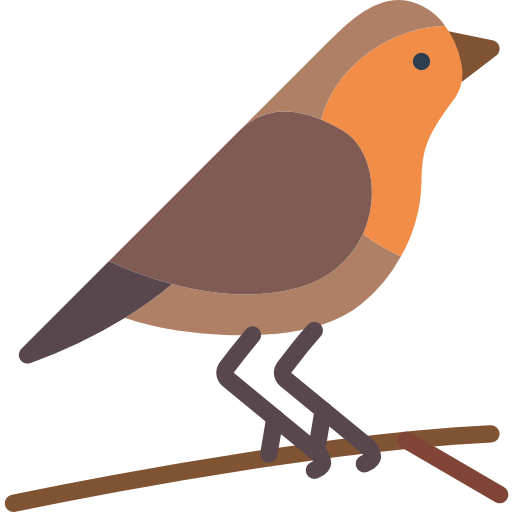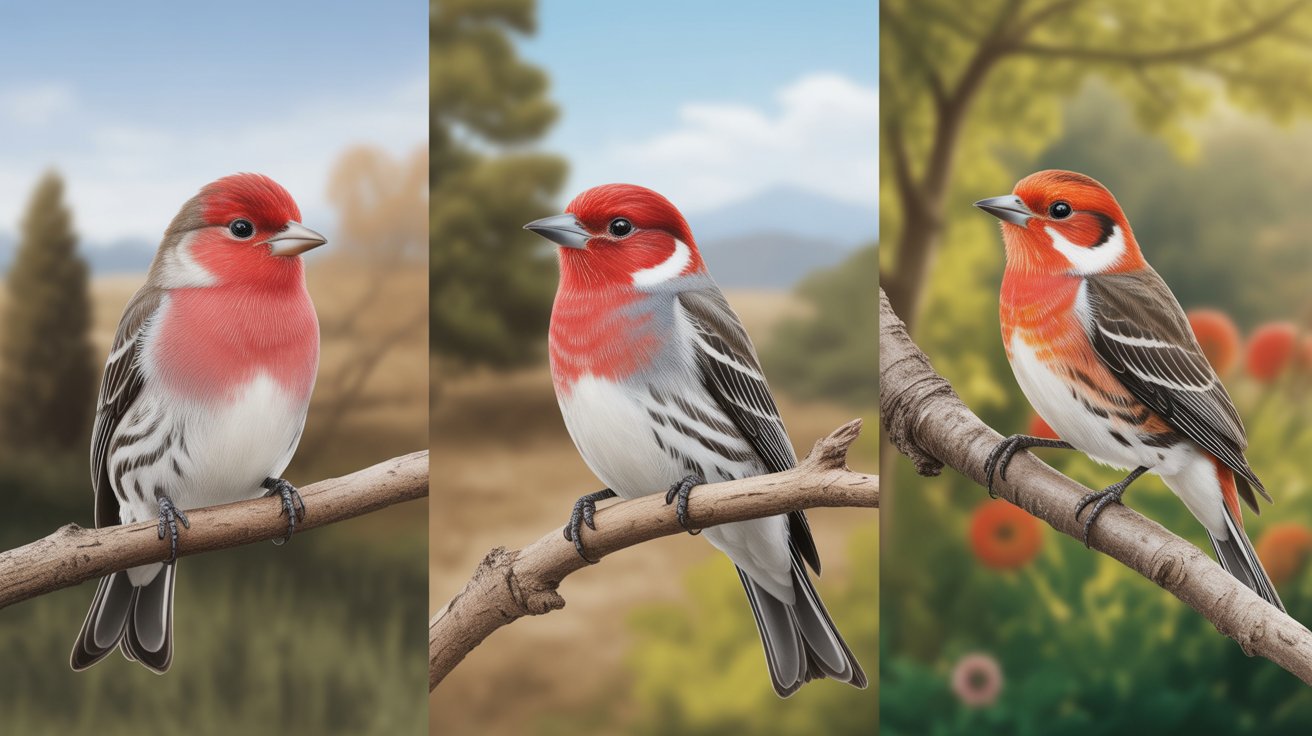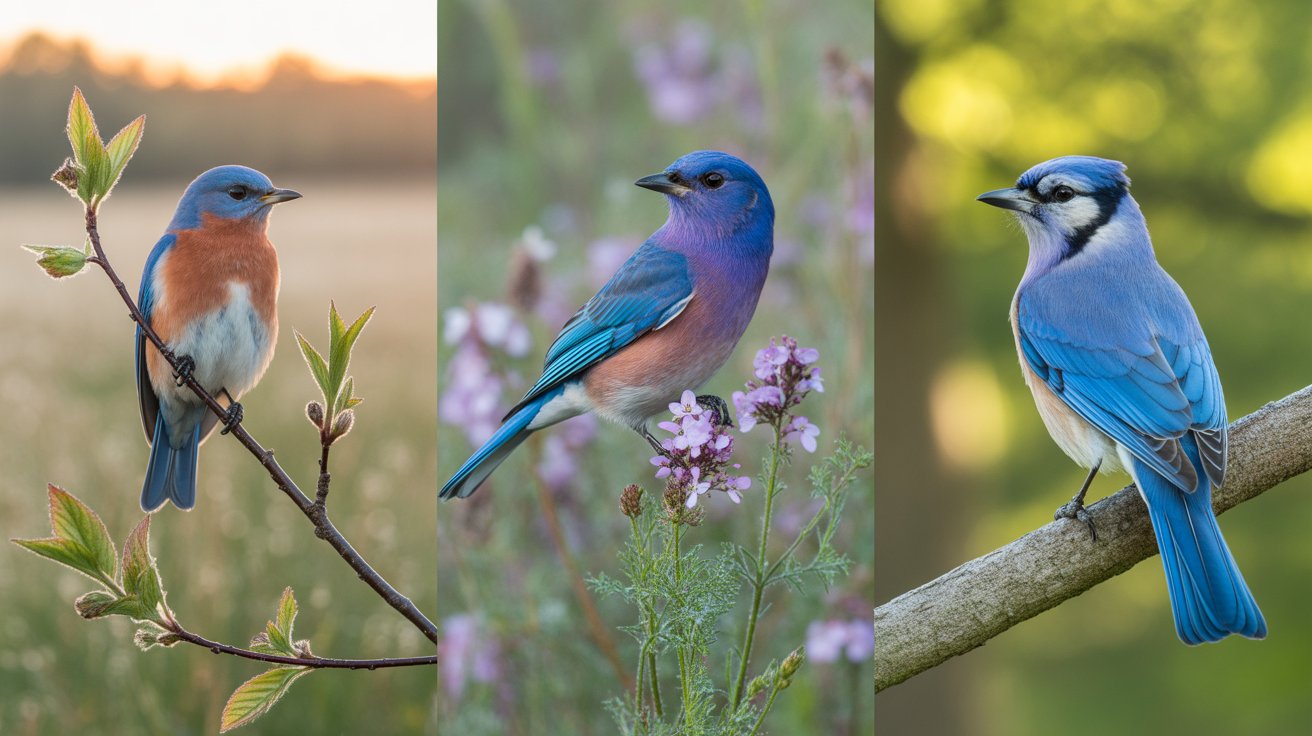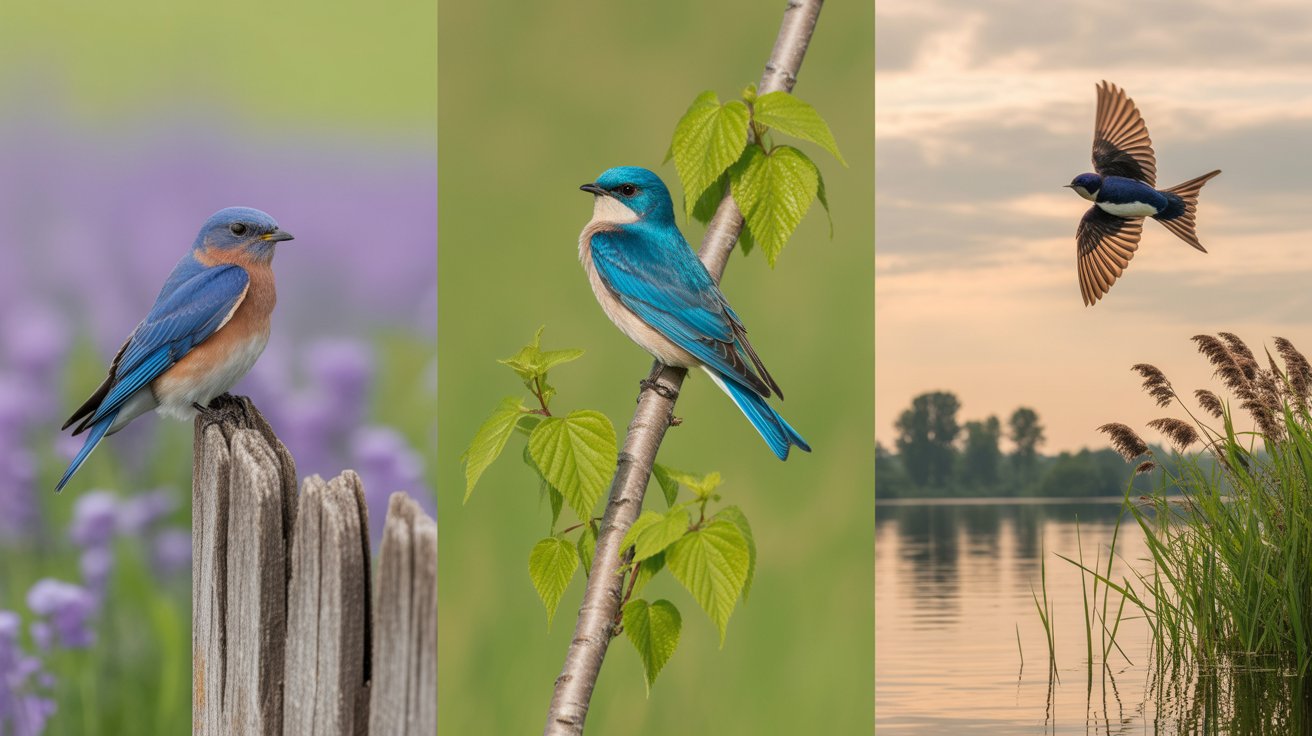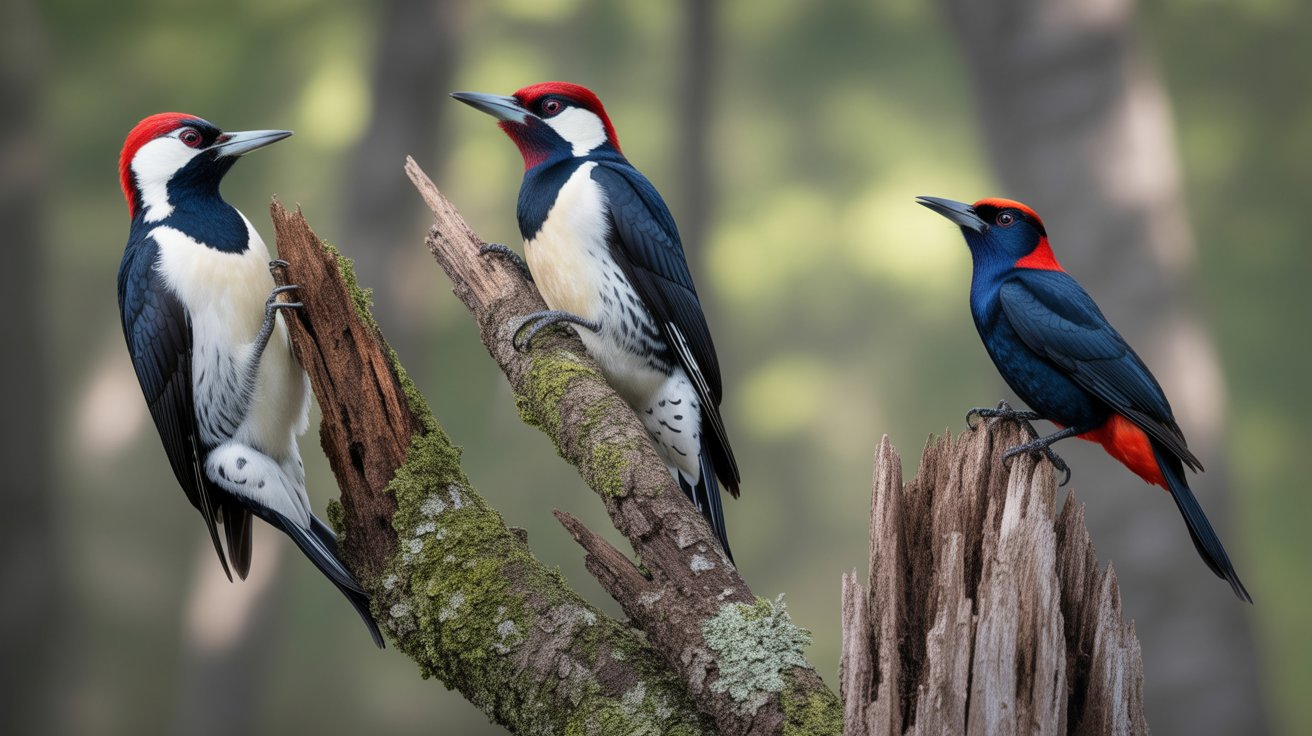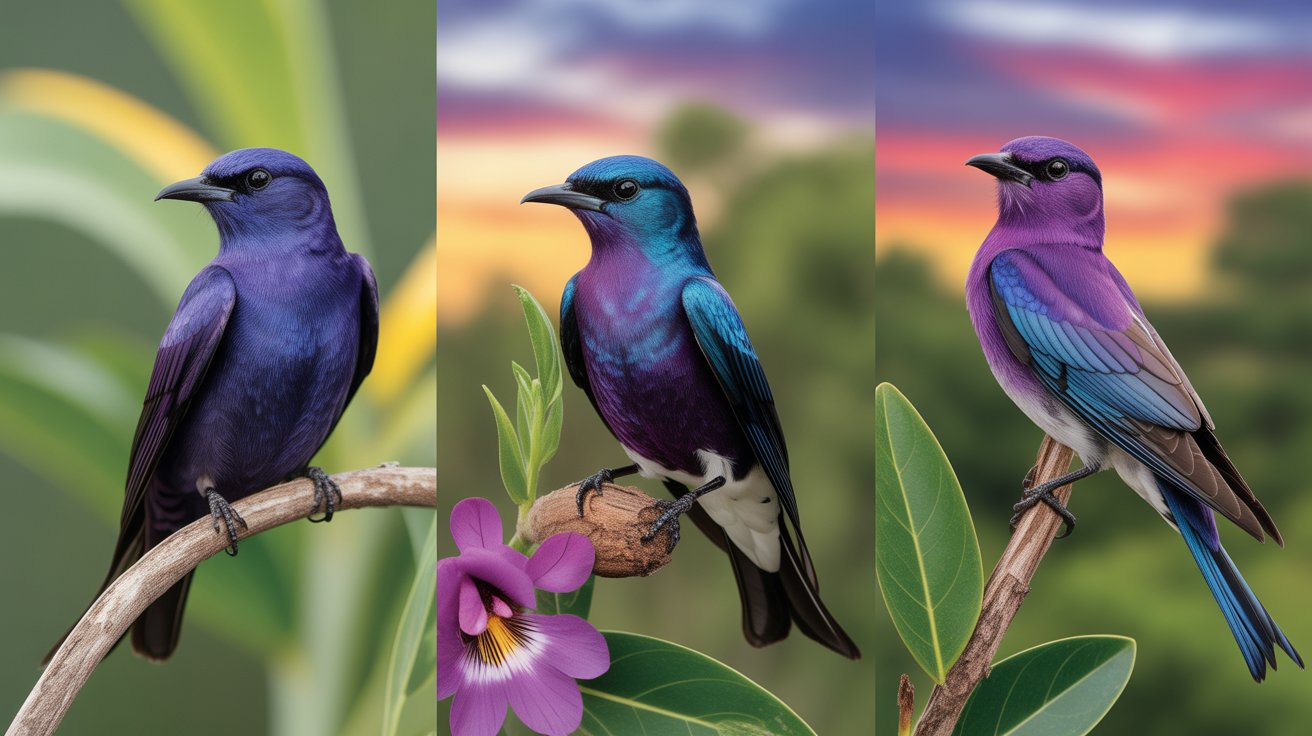If you’re curious about rare and unique bird species, the Abd al-Kuri sparrow is one that deserves your attention. Found on a remote island in the Arabian Sea, this little-known bird has fascinated ornithologists and nature lovers alike. You won’t find it in your backyard or on a regular birdwatching trip—it’s a true island treasure with a very limited range.
Learning about the Abd al-Kuri sparrow opens a window into how life evolves in isolation. Because it lives in such a specific and secluded location, it has adapted in ways you won’t see in other sparrows. Its behaviors, appearance, and even diet reflect the rugged, arid conditions of its island home.
In this article, you’ll uncover everything you need to know about this elusive bird—from its scientific classification to its plumage, behaviors, nesting habits, and some interesting facts you probably didn’t expect. Whether you’re a bird enthusiast or simply curious about wildlife, this guide will help you appreciate why the Abd al-Kuri sparrow is so special—and why it’s worth protecting.
Abd al-Kuri Sparrow: A Rare Island Bird with a Fascinating Story
Scientific Classification
Let’s start by placing this bird in the broader tree of life. The Abd al-Kuri sparrow, also known scientifically as Passer hemileucus, belongs to the family Passeridae, which includes all true sparrows. It was first described by the British ornithologist Richard Bowdler Sharpe in 1891.
Here’s the full scientific classification:
- Kingdom: Animalia
- Phylum: Chordata
- Class: Aves
- Order: Passeriformes
- Family: Passeridae
- Genus: Passer
- Species: P. hemileucus
This bird is closely related to the Somali sparrow (Passer castanopterus), but is considered a distinct species due to its geographical isolation and subtle morphological differences.
Physical Description
Size and Shape
The Abd al-Kuri sparrow is relatively small, typical of most sparrows. Adults usually measure around 14–15 cm (5.5–6 inches) in length and weigh approximately 20–25 grams. Its build is compact with a rounded head and short neck, perfect for flitting through rocky outcrops and shrubs.
Plumage and Coloration
Males and females have slightly different appearances. Males are often more boldly marked, with grayish heads, black bibs, and a rich chestnut-brown back. The underparts tend to be pale or whitish, offering contrast to the darker upper body.
Females are more subdued in color, with lighter brown and gray tones that provide camouflage against the island’s rocky terrain.
Eye Color, Beak, and Legs
The Abd al-Kuri sparrow has dark brown to black eyes that are alert and expressive. The beak is conical and sturdy, well-adapted for cracking seeds. Its color is typically black or dark gray, especially in males.
The legs are pale brown or flesh-colored, helping the bird grip rugged rock surfaces as it hops around in search of food.
Crest and Tail
This bird does not have a prominent crest. Its tail is short and square-tipped, aiding in quick, darting flights—ideal for escaping predators or navigating the rocky habitat.
Habitat and Distribution
Island Specificity
You’ll only find the Abd al-Kuri sparrow on one tiny island: Abd al-Kuri, part of the Socotra archipelago, located in the Arabian Sea between Yemen and Somalia. The island itself is remote, arid, and sparsely populated by humans, which has helped the sparrow survive relatively undisturbed.
Terrain and Climate
The island’s terrain is rocky and mountainous, with scattered scrub vegetation. It has a hot, dry climate, and water sources are minimal. The sparrow is well-adapted to this environment, often foraging near small shrubs or man-made structures.
Range and Movement
This species is non-migratory and has a very limited range—restricted entirely to the island. This makes it particularly vulnerable to habitat loss or environmental change.
Behavior
Daily Activity
The Abd al-Kuri sparrow is diurnal, meaning it’s active during the day. You’re most likely to spot it in the early morning or late afternoon, when it forages for food or socializes with other sparrows.
Social Structure
These sparrows are highly social, often seen in small flocks. They communicate using short chirps and calls, maintaining tight bonds within their groups.
Flight Pattern
Their flight is swift and fluttery, suitable for short distances and darting among rocks. They rarely fly high or far, as their territory is quite compact.
Diet
The Abd al-Kuri sparrow is omnivorous, with a diet largely consisting of:
- Seeds from grasses and shrubs
- Insects, especially during the breeding season
- Small fruits or berries, if available
- Occasionally, human food scraps in village areas
Because vegetation is sparse on the island, the sparrow has adapted to make the most of limited resources, often foraging on the ground.
Breeding and Nesting
Breeding Season
Little is known about the exact timing of its breeding season, but like many birds in arid environments, it likely breeds following periods of rainfall, when food is more abundant.
Nesting Sites
Abd al-Kuri sparrows build nests in rock crevices, cliff ledges, or shrubs, using twigs, grass, and feathers. Their nests are well hidden and often protected from the intense sun and predators.
Eggs and Incubation
Females typically lay 2 to 4 eggs, which are white or pale blue with light speckling. Both parents are believed to share responsibilities in incubation and feeding. The incubation period likely lasts 12–14 days, followed by a fledgling phase of 10–14 days.
Interesting Facts
- The Abd al-Kuri sparrow is listed as Vulnerable by the IUCN due to its extremely limited range.
- It is often confused with the Somali sparrow, but the Abd al-Kuri species is slightly paler and lives exclusively on its namesake island.
- Abd al-Kuri Island itself is part of the Socotra UNESCO Biosphere Reserve, known for its high levels of endemism.
- Unlike many sparrows that thrive in urban areas, this species has had minimal contact with humans, which has preserved its wild nature.
- Some researchers believe the Abd al-Kuri sparrow may represent a relict population from a time when the climate and ecosystem were very different across the region.
Frequently Asked Questions
1. Is the Abd al-Kuri sparrow endangered?
The bird is currently listed as Vulnerable due to its extremely limited distribution, meaning any disturbance to its island could threaten its survival.
2. Can the Abd al-Kuri sparrow be found on mainland Yemen or Somalia?
No. This species is endemic to Abd al-Kuri Island and is not found on the mainland or other nearby islands.
3. What does the Abd al-Kuri sparrow eat?
Its diet consists mainly of seeds, insects, and small fruits, with occasional scavenging near human settlements.
4. How big is the Abd al-Kuri sparrow?
It measures around 14–15 cm in length and weighs about 20–25 grams, similar in size to a typical house sparrow.
5. Why is the Abd al-Kuri sparrow important?
As an island endemic, it plays a vital role in the local ecosystem and represents a unique evolutionary path among sparrows.
Conclusion
The Abd al-Kuri sparrow is one of those rare birds that remind you how diverse and specialized life on Earth can be. Living on a single remote island, this sparrow has carved out a niche where it can thrive, despite harsh conditions and limited resources. Its plumage, diet, and nesting habits reflect the rugged beauty of its island home.
You’ve now explored everything from its scientific name to its fascinating behaviors. While it may not be a bird you can see easily, it serves as a strong symbol for conservation and the importance of protecting isolated ecosystems.
If you ever get the chance to visit the Socotra archipelago or learn more about island birds, remember the Abd al-Kuri sparrow—not just for its rarity, but for the quiet resilience it represents.
